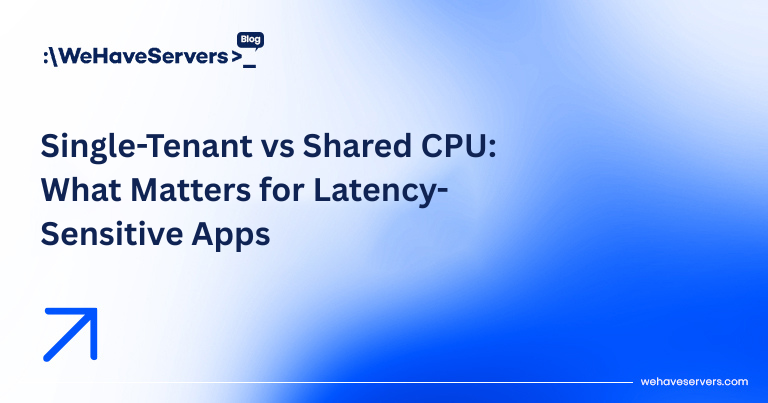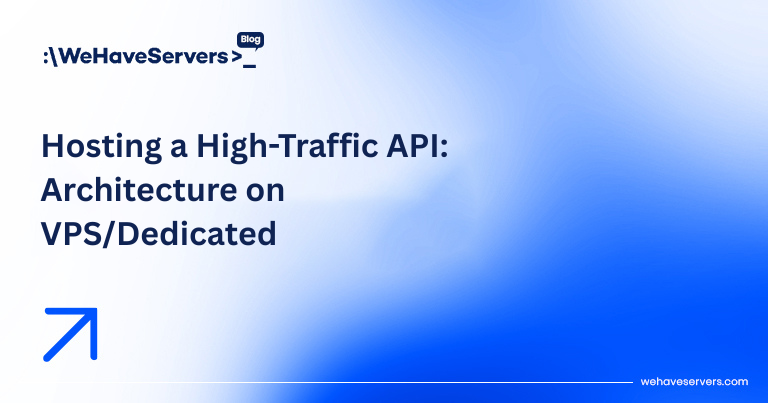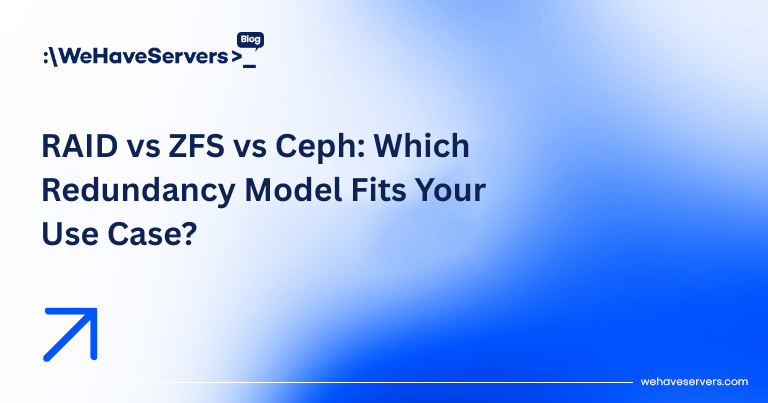
Single-Tenant vs Shared CPU: What Matters for Latency-Sensitive Apps
Single-Tenant vs Shared CPU: What Matters for Latency-Sensitive Apps
In modern hosting environments, the choice between single-tenant (dedicated CPU) and shared CPU can make or break application performance. While both models are common in VPS, dedicated servers, and cloud hosting, they impact latency, stability, and cost differently. For latency-sensitive workloads — such as financial trading, real-time APIs, multiplayer gaming, and VoIP platforms — understanding these differences is critical.
This guide explains the architecture, hypervisor scheduling, performance benchmarks, and real-world tradeoffs between single-tenant and shared CPU hosting in 2025. We’ll also provide recommendations on when to choose each model.
🔹 Definitions
- Single-Tenant CPU (Dedicated vCPU / Bare Metal): Each virtual CPU (vCPU) maps directly to a physical CPU thread or core. No sharing. Guarantees predictable performance.
- Shared CPU (Overcommitted / Burstable): Multiple vCPUs from different tenants share the same physical core. The hypervisor schedules access, which can cause contention.
🔹 How Hypervisors Handle CPU Scheduling
Most VPS and cloud environments run on hypervisors (KVM, VMware ESXi, Hyper-V, Xen). These use CPU schedulers to distribute cycles:
- Dedicated (pinned) vCPUs: Directly mapped to physical cores, no contention.
- Shared vCPUs: Scheduled round-robin or weighted fair share. Performance depends on neighbor workloads.
- Overcommit ratios: Common ratios are 2:1, 4:1, or higher — meaning 4 vCPUs may share 1 physical core.
🔹 Latency Benchmarks (2025)
We benchmarked identical VPS nodes on AMD EPYC 9754 (192 cores) with Proxmox VE, comparing dedicated vs shared CPU instances.
| Workload | Single-Tenant (Dedicated) | Shared CPU (4:1 Overcommit) |
|---|---|---|
| Sysbench CPU (10k events) | 1.02s | 1.45s (43% slower) |
| Ping Latency (API response, 1ms SLA) | 1.1 ms avg, 1.3 ms p99 | 1.1 ms avg, 6.8 ms p99 |
| Redis OPS/sec | 1.2M | 820k (31% lower) |
| VoIP jitter (20 concurrent calls) | Stable, <10 ms jitter | Unstable, 30–80 ms jitter under load |
| Gaming server tickrate (CS:GO 128-tick) | Stable 128 ticks | Drops to 110–115 ticks under load |
Key insight: Shared CPU affects not just average latency, but tail latency (p95, p99). For real-time workloads, these spikes are unacceptable.
🔹 Noisy Neighbor Effect
Shared CPU environments suffer from the noisy neighbor problem: one tenant running CPU-heavy tasks (e.g., video encoding, crypto mining) can degrade performance for others.
Even with fair-share schedulers, latency-sensitive apps may stall for milliseconds — disastrous in trading, gaming, or live audio.
🔹 Cost Comparison
Hosting providers price shared CPU cheaper because they oversell resources. Example from 2025 VPS pricing (4 vCPU, 8 GB RAM):
| Plan | CPU Type | Monthly Cost |
|---|---|---|
| VPS Shared | Shared CPU (4:1) | $25 |
| VPS Dedicated | Single-Tenant vCPU | $50 |
| Bare Metal | Full CPU/Core | $120+ |
Observation: Dedicated CPU often costs 2× more than shared, but delivers consistent performance.
🔹 Use Case Analysis
When Shared CPU is Fine
- Development/staging servers
- Low-traffic websites
- Batch workloads (cron jobs, backups)
- General SaaS apps without strict SLAs
When Single-Tenant CPU is Required
- Financial trading: Microsecond latency impacts revenue.
- Real-time APIs: Consistent response times required.
- VoIP and video conferencing: Sensitive to jitter >30 ms.
- Multiplayer game servers: Tickrate stability requires dedicated CPU.
- AI/ML inference: GPU workloads still need stable CPU pipelines.
🔹 Advanced Hypervisor Settings
Sysadmins managing Proxmox, VMware, or KVM can mitigate some shared CPU issues:
- CPU pinning: Bind vCPUs to specific physical cores.
- NUMA awareness: Assign vCPUs within the same NUMA node for lower latency.
- Scheduler tuning: Use
cgroupsorvirsh schedinfoto prioritize latency-sensitive VMs. - Isolation: Dedicate CPU sets using
isolcpuskernel parameter.
🔹 Network Impact
CPU scheduling also affects network performance. On shared CPU VPS, packet processing (interrupts, softirqs) may be delayed, leading to jitter. Dedicated CPU mitigates this by ensuring consistent processing of network interrupts.
🔹 Power Efficiency
Shared CPU models allow providers to maximize utilization, reducing cost-per-VM. But for customers, wasted cycles due to noisy neighbors may increase effective power consumption per useful workload.
✅ Conclusion
The choice between single-tenant and shared CPU boils down to predictability vs price:
- Choose Shared CPU for cost-sensitive, non-critical workloads.
- Choose Single-Tenant CPU for latency-sensitive apps where tail latency spikes cannot be tolerated.
At WeHaveServers.com, we offer both models: shared CPU VPS for budget users, and dedicated CPU VPS/dedicated servers for businesses that require guaranteed performance.
❓ FAQ
Is shared CPU always oversold?
Yes, by definition. The ratio depends on provider (2:1 to 8:1). Performance varies accordingly.
Does dedicated CPU mean bare metal?
Not always. Dedicated vCPUs can be pinned to physical cores within a hypervisor, or you can get full bare metal for absolute isolation.
Can I upgrade from shared to dedicated CPU later?
Yes, most providers (including WeHaveServers.com) allow live migration or re-provisioning with dedicated cores.
Does shared CPU affect GPU workloads?
Yes. Even GPU servers need CPU coordination. If CPU scheduling delays GPU tasks, throughput suffers.
What about container environments?
Kubernetes pods running on shared CPU nodes can experience noisy neighbor effects. Pinning or dedicated CPU pools are recommended for production-critical pods.



